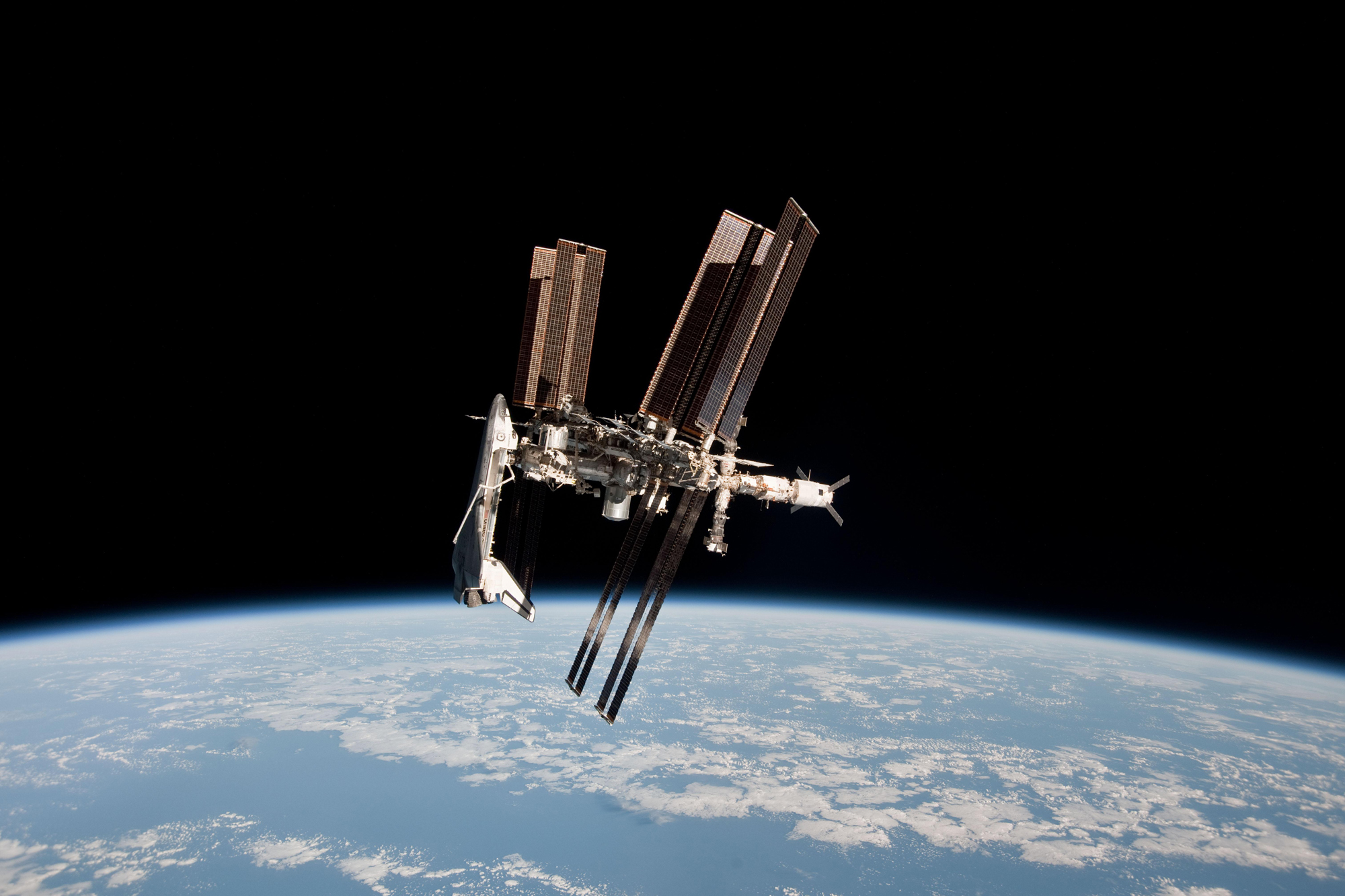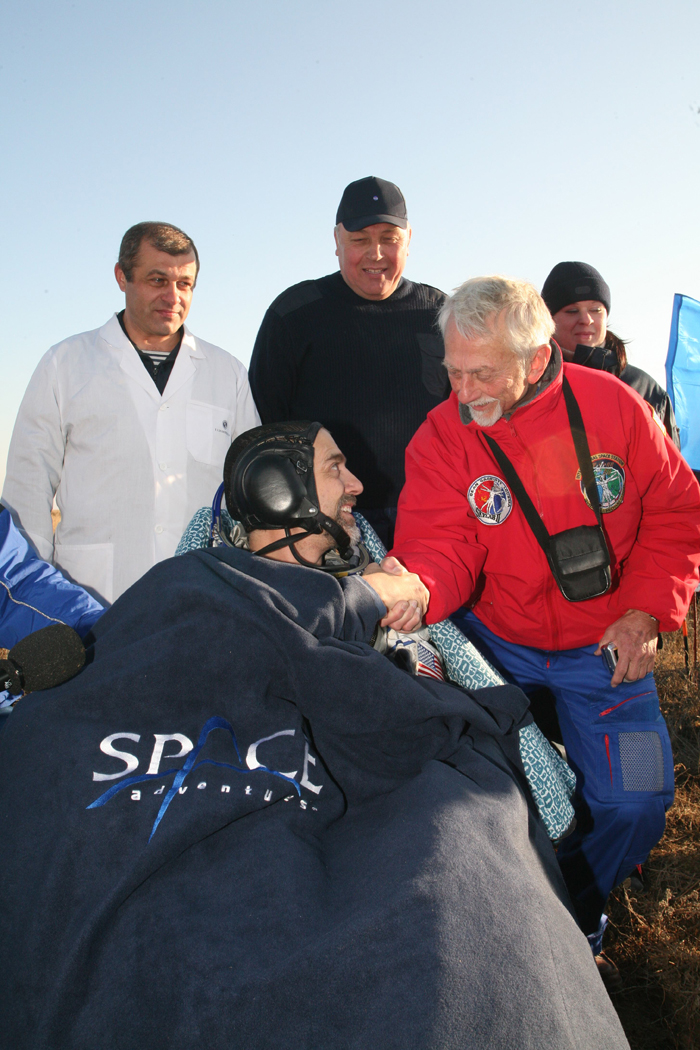
It's Time to Push for US Human Spaceflight Independence (Op-Ed)

Richard Garriott, cosmonaut/astronaut, and Owen Garriott, astronaut (retired) — the first U.S. "generational" astronauts, contributed this article to Space.com's Expert Voices: Op-Ed & Insights.
The United States and Russia, along with the other partners of the International Space Station (ISS) community, have been working together successfully for 14 years. As NASA Administrator Charlie Bolden has noted, this relationship has survived many political crises in that period, and the communities of engineers, scientists and astronauts have also worked well together. The Russian space program has been and currently remains a highly capable, cost-effective, reliable partner for U.S. interests on the ISS.

While no one has ever doubted the importance of an independent U.S. capability to put its own astronauts in space, NASA's budget could not keep the space shuttle flying while simultaneously allowing for the development of new systems. So, the United States has been living through an expected gap of about five years from the retirement of the space shuttle, waiting until multiple, new U.S. human spaceflight capabilities become available. Those developments are going quite well, and the nation should soon have several ways to send American astronauts on American vehicles to the International Space Station , and even to points far beyond any previous human missions.

However, Americans are now seeing just how critical an independent capability is. With the United States ratcheting up sanctions on Russia, now including their aerospace sector, it is all too obvious how much this country's space program depends on Russia. Some of our main satellite launch systems depend on powerful engines built in and sourced from Russia. Without these specific systems, some important U.S. satellite launch systems might soon be grounded. In addition, NASA needs to ferry U.S. astronauts both up to and back from the ISS. Without the Soyuz, crews could literally be stranded on board the ISS, or prevented from returning to the ISS from the ground.
The private sector has multiple U.S. human spaceflight systems for low-Earth orbit in development at this time, including Sierra Nevada's Dream Chaser space plane, Boeing's CST- 100 capsule and Space X's Falcon 9 rocket and Dragon spacecraft. Additionally, NASA has its own Orion crew exploration vehicle. But of these four, the only one that has already been flying cargo to the ISS is Falcon 9/Dragon. Even with a well-coordinated and financially supported hard push, these systems are 18 to 24 months away from being ready to fly human crews to the ISS. Without a government-mandated effort, it could be considerably longer!
After more than two decades of development, it is essential that the United States keeps the ability to visit, work and return from the ISS within its national capabilities. Yet, it is surprising to see how little discussion, much less pressure, is being applied to accelerating plans to regain an independent capability for human spaceflight. Now seems to be the time for Congress, NASA and the general public to all push hard, and get one or more of these U.S. systems in space as soon as possible.
Follow all of the Expert Voices issues and debates — and become part of the discussion — on Facebook, Twitter and Google+. The views expressed are those of the author and do not necessarily reflect the views of the publisher. This version of the article was originally published on Space.com.
Get the Space.com Newsletter
Breaking space news, the latest updates on rocket launches, skywatching events and more!
Join our Space Forums to keep talking space on the latest missions, night sky and more! And if you have a news tip, correction or comment, let us know at: community@space.com.









